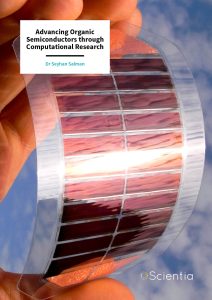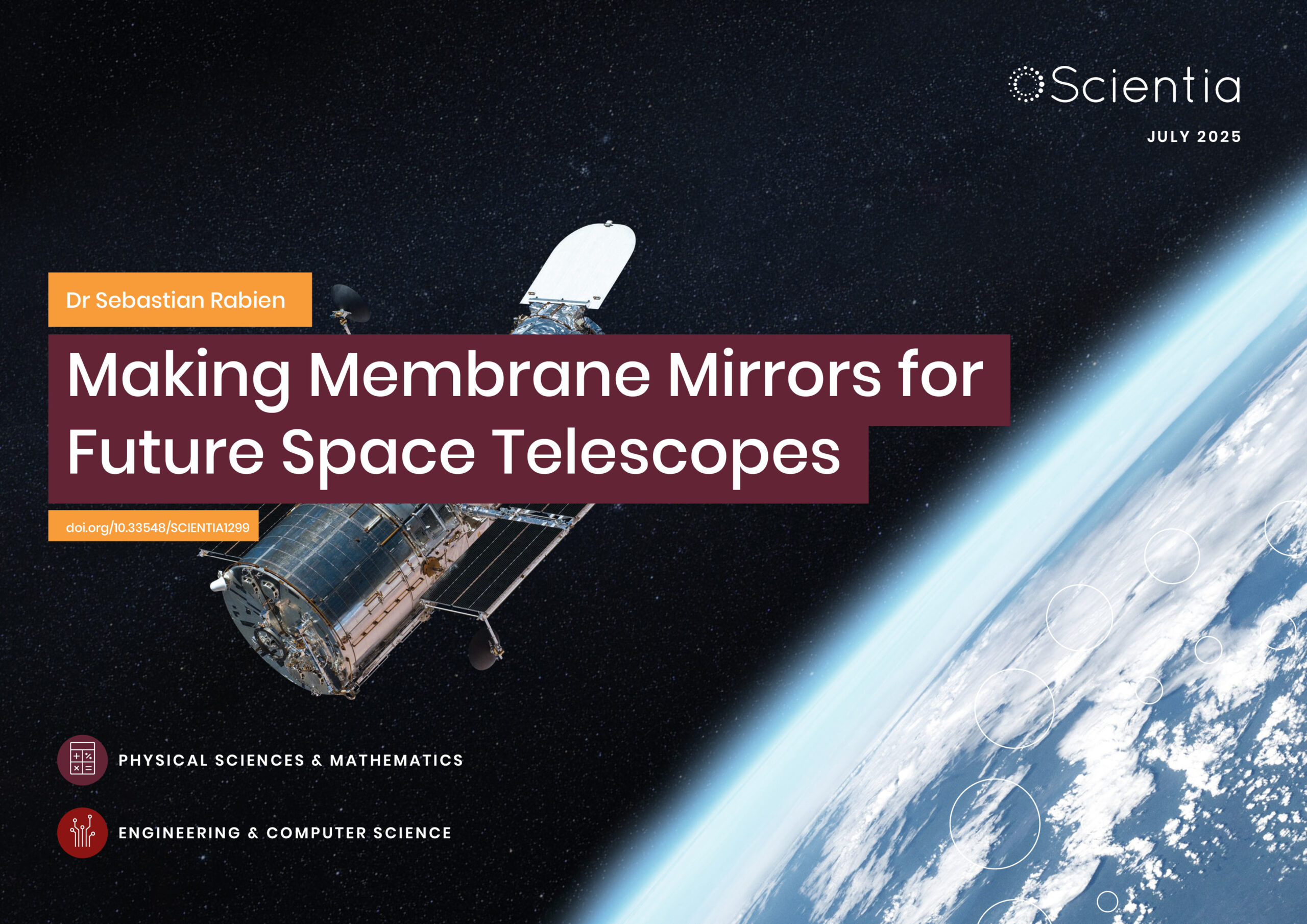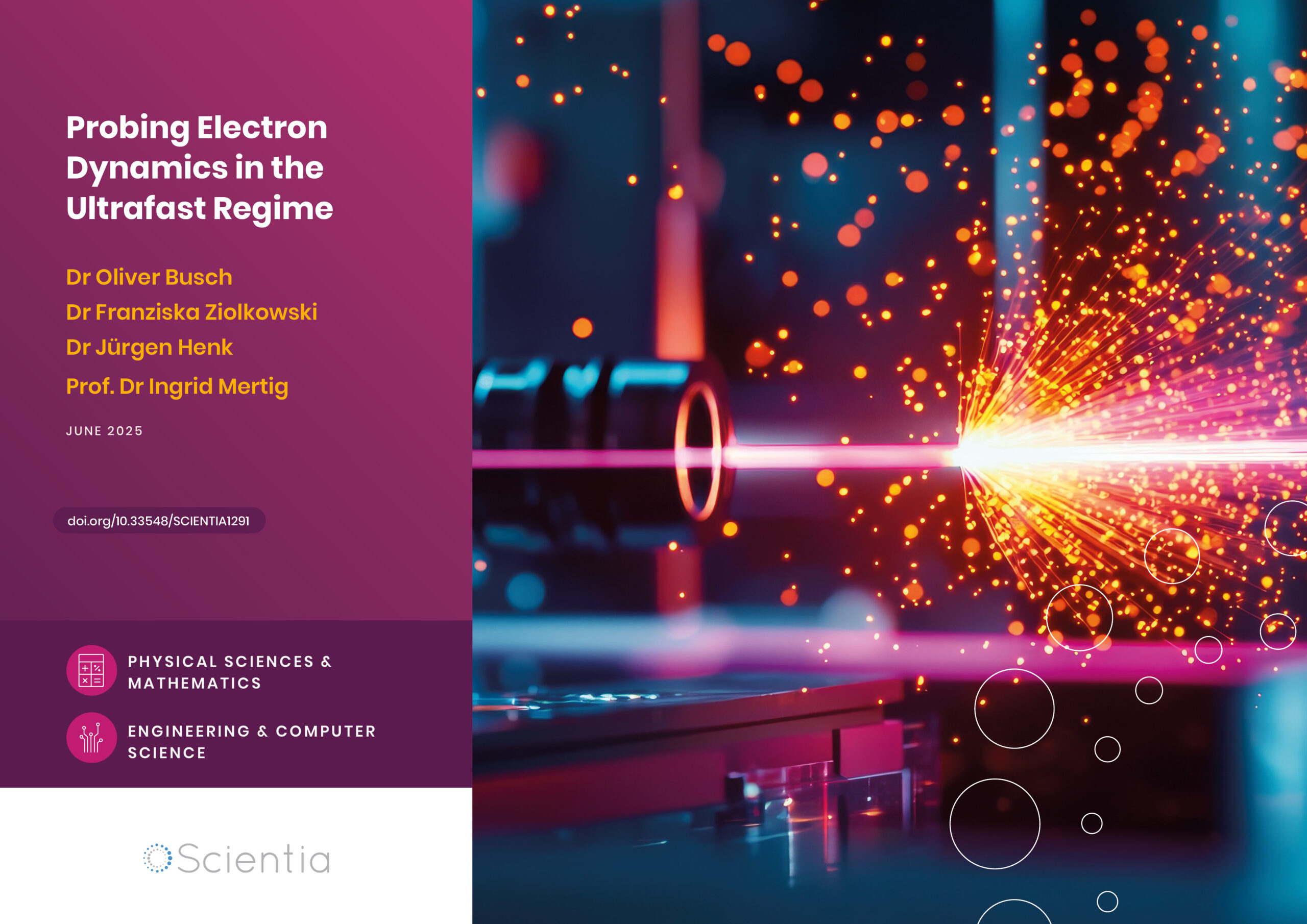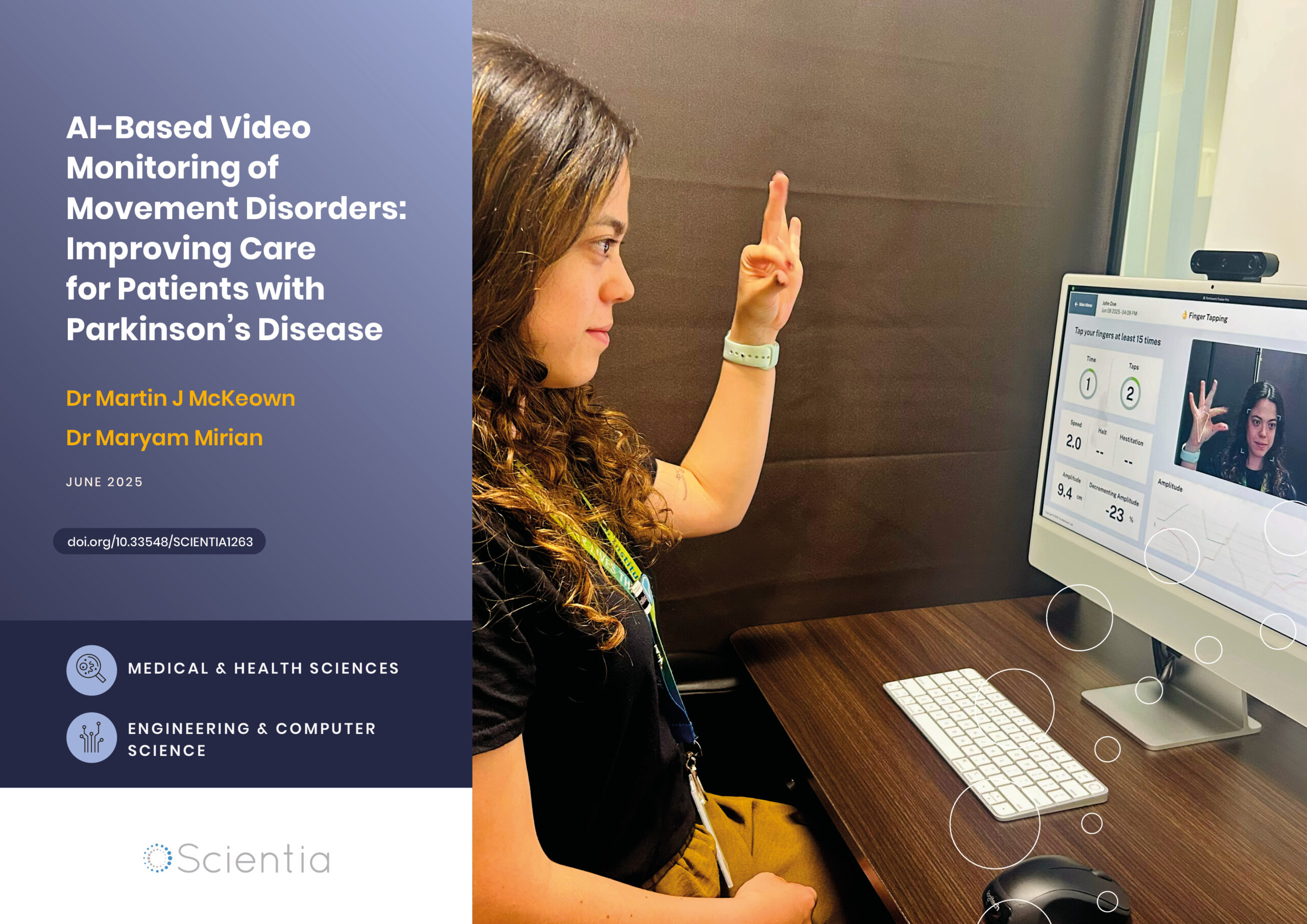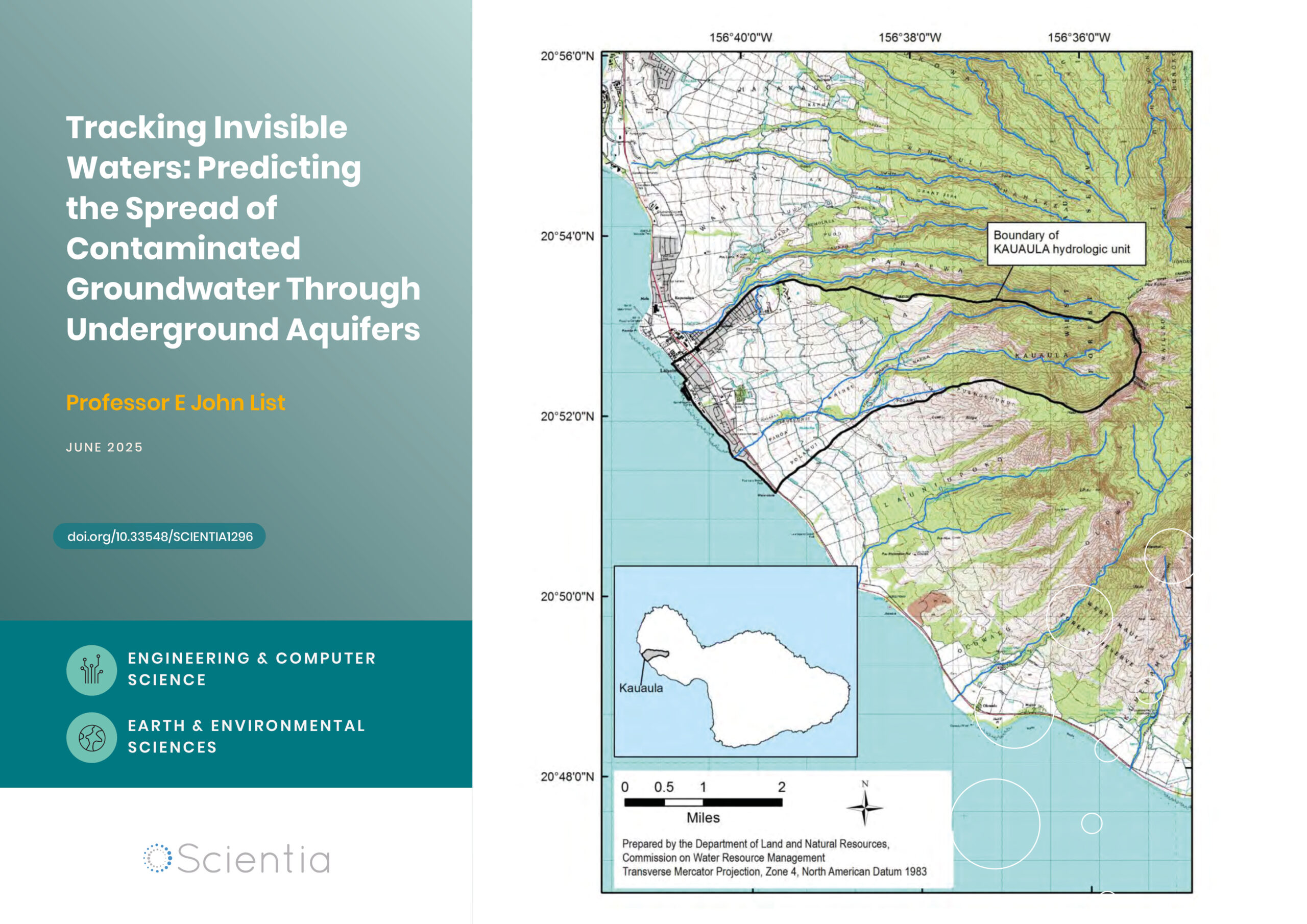Dr Seyhan Salman – Advancing Organic Semiconductors through Computational Research
Organic semiconductors form the cornerstone of modern technologies, powering the screens we use in many of our digital devices. On top of this, they are also key materials in organic solar cells and medical biosensing devices, amongst other innovative applications. Dr Seyhan Salman and her colleagues at the Clark Atlanta University have been investigating organic semiconductors using advanced computational methods. Through this, her team hopes to pave the way to developing even more impressive technologies, which will benefit society in myriad ways.
Organic Semiconductors
Some of the most fascinating emerging technologies are based on materials with semiconducting properties, whose behaviour lies between that of a conductor and that of an insulator. One of the newest types of semiconducting materials are organic semiconductors. Mostly based on carbon, organic semiconductors offer a relatively cheap way to produce high-quality device components that can be used across a range of diverse technologies.
In order to make the most of any type of material, scientists must have a deep understanding of how it works. This means understanding its physical and chemical properties, how to make it, and how to improve upon current designs.
Dr Seyhan Salman and her team at the Clark Atlanta University have been investigating organic semiconductors, but not through conventional means. By exploring their properties from multiple different angles – ranging from quantum physics to computational chemistry – the researchers hope to shed new light on these exciting new materials.
‘Organic semiconducting materials allow for the production of low-cost, lightweight, flexible, large-area electronic devices that cannot be produced by any other technology,’ says Dr Salman.

Optimising Organic Light-Emitting Diodes
Perhaps the most prevalent use of organic semiconductors is the organic light-emitting diode – or ‘OLED’. Based on organic semiconducting materials, OLEDs can produce light when an electrical current is passed through them, making them the perfect candidate for display screens and lighting applications. In fact, many modern devices, such as TVs, smartphones, tablets and laptops already use OLEDs as the basis for their vibrant displays.
OLEDs are popular for many reasons. Not only do they produce lightweight and flexible displays, but they are also relatively energy-efficient. They are also cheap to manufacture, as unlike similar technologies, they don’t require rare elements or expensive materials.
Dr Salman and her colleagues have been investigating a particular property of OLEDs known as thermally activated delayed fluorescence (TADF). This is a unique ability of certain luminescent materials where an efficient path for light generation becomes available when the molecules absorb the surrounding thermal energy. This interesting property holds much potential in developing high-performance OLEDs.
Dr Salman’s team has been investigating this phenomenon by carrying out a wide range of computational simulations. In their previous work in this area, the researchers developed vast quantum-chemical calculations using density functional theory on a variety of materials. Their calculations can be used to quantify the non-covalent interactions that facilitate TADF in these systems. Working closely with organic synthetic chemists and device engineers, the team was able to identify the best molecules with highest potential.
In their current work, Dr Salman and her colleagues use a combination of quantum-chemical calculations and molecular dynamics simulations to gain a deeper understanding of electronic and optical processes in TADF-based OLEDs. The team investigates numerous aspects of these materials, including their electronic structures, electron-vibrational couplings, spin-orbit couplings, intersystem crossing, radiative and non-radiative transitions, as well as host-guest interactions and the dynamics of charge and energy transfer processes. This new knowledge will greatly aid the development of new and improved technologies. ‘Our results will contribute to the next materials-driven advancement of the OLED industry for full-colour displays and lighting,’ adds Dr Salman.

Optimising Organic Solar Cells
With climate change accelerating, and humanity’s demand for energy increasing, developing affordable renewable energy technologies is more urgent than ever before. One of the most promising renewable energy technologies is solar photovoltaics.
Historically, solar photovoltaic cells have been made from various ‘inorganic’ materials, including silicon. However, the manufacturing processes required to produce cells from these materials can be expensive. Organic solar cells, on the other hand, can be fabricated using roll-to-roll production processes, which are far less costly than conventional manufacturing techniques. They are also much more flexible and lighter than their inorganic counterparts.
Many previously developed organic solar cells have been based on fullerene – a large organic molecule. However, fullerene-based materials tend to have low energy efficiency, meaning that they do not extract as much energy from sunlight as state-of-the-art solar cells. Dr Salman has therefore been investigating alternatives to fullerene, by using computational analysis to better understand how these materials and their constituent molecules behave at a fundamental level.
Her team uses a combination of quantum-chemical calculations and machine learning to determine the electronic properties of non-fullerene-based organic molecules and to develop a correlation between the molecular structure and physical properties, towards predicting the efficiency of non-fullerene organic solar cells. Their early work has provided substantial data that has helped to further demonstrate another key advantage of such organic materials: their tunability.
The types of organic molecules used in these materials can be easily modified, leading to significant changes in the properties of the resulting solar cells. Dr Salman’s research shows how computational chemistry can be used to test which molecular modifications will make these materials most efficient. Thousands of variations can be assessed before these materials are even synthesised, saving huge amounts of time and expense.
A Bright Future for Organic Semiconductors
Dr Salman’s team has put forward research proposals to continue their investigations into OLEDs, and to explore how electronic and charge transport properties of materials can be used to create intriguing new technologies. ‘We have developed advanced computational methods that generate the best molecular combinations with highest potential, accelerating the identification of promising new materials,’ explains Dr Salman, demonstrating how her team’s computational research can help to produce new and improved technologies faster than ever before.
However, OLEDs and solar cells are not Dr Salman’s only areas of interest. Her team’s future research will also delve into the use of organic bio-electronics. These devices, which incorporate an organic electronic material, have shown promise as sensors and electronic skin. Through the use of combined computational methods and synergistically integrating computational and experimental studies, the team hopes to aid the development of accurate and inexpensive organic-based sensors, which will greatly help with medical diagnostics and health monitoring, particularly in low-resource settings.
Dr Salman and her colleagues have demonstrated the incredible potential of using mixed computational strategies to research and develop organic semiconducting materials. The team’s unique approach has allowed them to gain a deep understanding of the physics that underlies these materials, while also revealing novel routes to their improvement.
Our findings will contribute to fulfilling a national and global societal need for more efficient and sustainable technologies,’ Dr Salman concludes, while also highlighting her team’s focus on education: ‘The project will also have a robust educational impact, by providing high-quality integrated research and education to meet the emerging workforce and educational needs of cohorts of predominantly underrepresented in physical sciences.’
SHARE
DOWNLOAD E-BOOK
REFERENCE
https://doi.org/10.33548/SCIENTIA800
MEET THE RESEARCHER
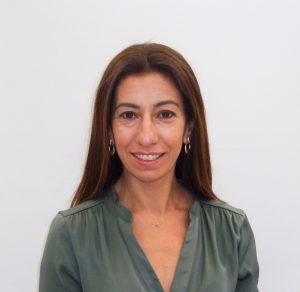
Dr Seyhan Salman
Department of Chemistry
Clark Atlanta University
Atlanta, GA
USA
Dr Seyhan Salman began her scientific career by earning her BSc and MSc from Bosphorus University, Turkey, before being awarded her PhD in chemistry from the Georgia Institute of Technology, USA. Since then, she has held positions around the world, moving from the University of Bordeaux to Istanbul Bilgi University, before travelling back to the USA, where she holds her current position of assistant professor at Clark Atlanta University. Here, her research focuses on using innovative computational methods to understand electronic and optical processes in organic semiconducting devices, such as OLEDs, solar cells, and biological sensors. Through this, she hopes to develop efficient and sustainable technologies which will help fulfil the needs of our society as a whole.
CONTACT
E: ssalman@cau.edu
W: https://publons.com/researcher/2409349/seyhan-salman/
KEY COLLABORATORS
Dr Ajith Ashokan, Clark Atlanta University
Dr Veaceslav Coropceanu, University of Arizona
FUNDING
US National Science Foundation, grant no. 1955299
ACKNOWLEDGEMENTS
Dr Salman would like to acknowledge the use of the computational facilities at the National Science Foundation’s Extreme Science and Engineering Discovery Environment (XSEDE).
Her research has been supported in part through the use of Hive cluster maintained by the Partnership for an Advanced Computing Environment (PACE) at the Georgia Institute of Technology.

REPUBLISH OUR ARTICLES
We encourage all formats of sharing and republishing of our articles. Whether you want to host on your website, publication or blog, we welcome this. Find out more
Creative Commons Licence (CC BY 4.0)
This work is licensed under a Creative Commons Attribution 4.0 International License. 
What does this mean?
Share: You can copy and redistribute the material in any medium or format
Adapt: You can change, and build upon the material for any purpose, even commercially.
Credit: You must give appropriate credit, provide a link to the license, and indicate if changes were made.
SUBSCRIBE NOW
Follow Us
MORE ARTICLES YOU MAY LIKE
Dr Sebastian Rabien | Making Membrane Mirrors for Future Space Telescopes
Mirrors play a key role in space telescopes, but to keep increasing the scale of this technology, mirrors need to be light and compact, so they can be transported in spacecraft, but also able to be adaptively corrected and controlled to ensure their accuracy. Dr Rabien and his colleagues from the Max Planck Institute for Extraterrestrial Physics, in Germany, have developed a technique to make extremely thin and lightweight mirrors, which can then be controlled with adaptive optics, making them a potential solution for larger space telescopes.
Probing Electron Dynamics in the Ultrafast Regime
In the atoms that make up the matter around us, negatively charged particles called electrons have properties such as spin and orbital angular momentum. Researchers at Martin Luther University Halle-Wittenberg have developed a theoretical framework which allows them to simulate the dynamics of the spin and orbital angular momentum of electrons in materials when probed with an ultrafast laser pulse. Using this framework, they are able to simulate different materials and improve our understanding of dynamics on an atomic scale.
AI-Based Video Monitoring of Movement Disorders: Improving Care for Patients with Parkinson’s Disease
As our global population ages, movement disorders like Parkinson’s disease present growing challenges for healthcare systems. Traditional assessment methods rely on subjective clinical ratings during brief clinic visits and often fail to capture the full picture of a patient’s condition. Professor Martin McKeown and his colleagues are pioneering innovative artificial intelligence approaches which use ordinary video recordings to objectively monitor movement disorders. These cutting-edge technologies promise to transform care for millions of patients by enabling remote, continuous assessment of symptoms, while reducing healthcare costs and improving quality of life.
Professor E John List | Tracking Invisible Waters: Predicting the Spread of Contaminated Groundwater Through Underground Aquifers
When we think about water pollution, we often picture oil spills on the ocean surface or chemicals flowing down rivers. But some of the most significant environmental challenges occur completely out of sight, deep underground, where contaminated water moves through layers of rock and soil. Understanding how these invisible pollutants travel has profound implications for protecting our drinking water supplies and coastal ecosystems. Groundwater engineer Dr E. John List has developed an approach that challenges fundamental assumptions about how contamination spreads underground.

